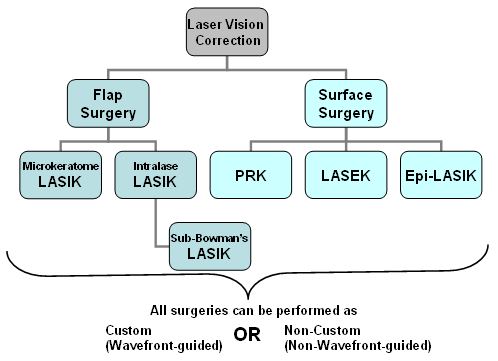An Evaluation Of Conventional Cataract Surgery Versus Laser-Assisted Techniques: Benefits And Negative Aspects
An Evaluation Of Conventional Cataract Surgery Versus Laser-Assisted Techniques: Benefits And Negative Aspects
Blog Article
Published By-Dean Christensen
When pondering the choice between typical cataract surgical procedure and laser-assisted methods, you might find yourself evaluating the benefits and downsides each approach supplies. The choice exceeds the surface area level of cost and precision, diving right into the world of long-lasting results and client complete satisfaction. As you navigate through the intricacies of these two methods, it comes to be critical to recognize the nuanced details that can dramatically influence your aesthetic clarity and general experience. Stay tuned to uncover the crucial variables that will lead your decision-making procedure in this essential facet of eye treatment.
Conventional Cataract Surgery Benefits And Drawbacks
When taking into consideration conventional cataract surgical treatment, you might discover that it's a reputable and widely-used technique. In this procedure, a specialist makes a little cut in the eye and utilizes ultrasound to break up the over cast lens before removing it. When the cataract is removed, a man-made lens is placed to restore clear vision.
Among the main advantages of typical cataract surgery is its performance history of success. Several individuals have actually had their vision dramatically enhanced via this treatment. Furthermore, conventional surgical procedure is often covered by insurance, making it an extra easily accessible choice for numerous individuals.
However, there are some downsides to conventional cataract surgery also. Healing time can be much longer compared to more recent strategies, and there's a somewhat greater danger of difficulties such as infection or swelling. Some people may likewise experience astigmatism or call for analysis glasses post-surgery.
Laser-Assisted Techniques Benefits And Drawbacks
Checking out laser-assisted techniques for cataract surgical procedure unveils a modern strategy that makes use of laser innovation to do crucial steps in the procedure. Among the main advantages of laser-assisted cataract surgical treatment is its precision. The laser allows for exceptionally accurate lacerations, which can result in better visual outcomes. Additionally, making use of lasers can lower the amount of ultrasound power needed during the surgery, possibly reducing the danger of problems such as corneal damages.
On mouse click the next webpage , laser-assisted methods can be extra expensive compared to traditional methods. This cost mightn't be covered by insurance, making it less obtainable to some people.
Another consideration is that not all cataract cosmetic surgeons are trained in laser modern technology, which can limit your choices for choosing a specialist.
Lastly, while the laser can automate specific facets of the treatment, the surgical procedure still calls for a competent surgeon to guarantee effective outcomes.
Relative Analysis of Both Methods
For a comprehensive understanding of cataract surgical treatment strategies, it's necessary to carry out a relative evaluation of both typical and laser-assisted techniques.
Standard cataract surgical treatment includes manual incisions and using portable devices to break up and get rid of the gloomy lens.
On the other hand, laser-assisted cataract surgical procedure uses sophisticated innovation to develop accurate lacerations and separate the cataract with laser power before removing it.
In terms of accuracy, laser-assisted strategies use a higher level of precision contrasted to traditional approaches. The use of lasers allows for customization of the procedure based upon each person's eye anatomy, potentially bring about better visual outcomes.
However, laser-assisted cataract surgical procedure tends to be much more pricey than standard surgical treatment, which might limit availability for some individuals.
While both approaches work in bring back vision damaged by cataracts, the choice between typical and laser-assisted methods typically relies on variables such as price, precision, and specific person requirements.
Consulting with your ophthalmologist can help determine the most appropriate approach for your cataract surgical procedure.
Keep Reading
To conclude, when making a decision between traditional cataract surgical procedure and laser-assisted methods, think about aspects like price, precision, and specific requirements. Conventional surgical treatment offers a tested track record and insurance protection but may feature longer recuperation times. Laser-assisted techniques give greater precision and modification yet can be more costly and not constantly covered by insurance coverage. Inevitably, the selection in between both approaches depends upon what is crucial to you and your particular situation.
